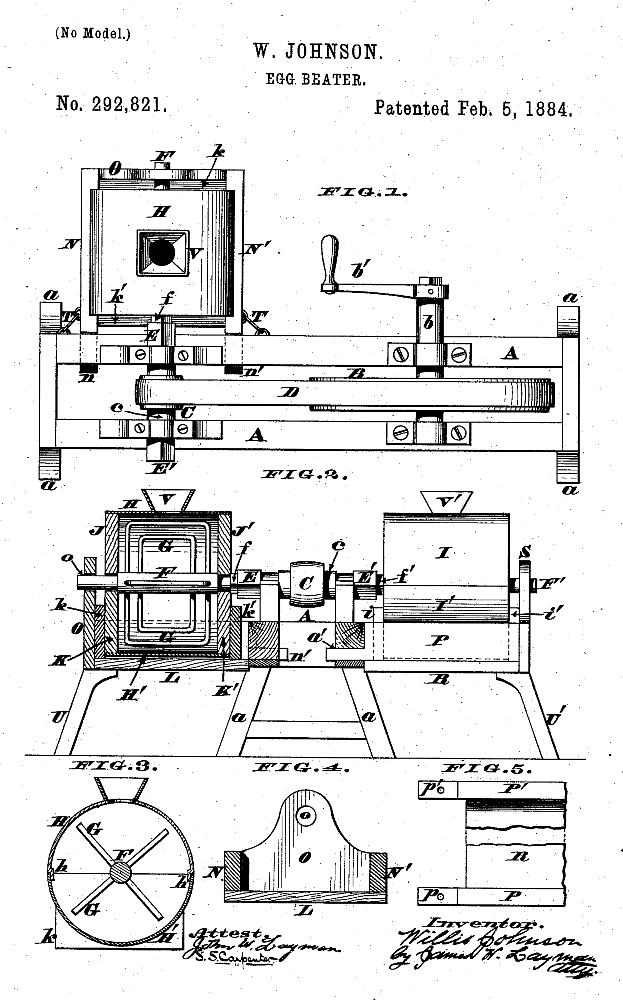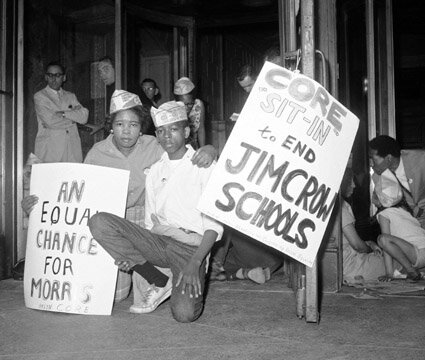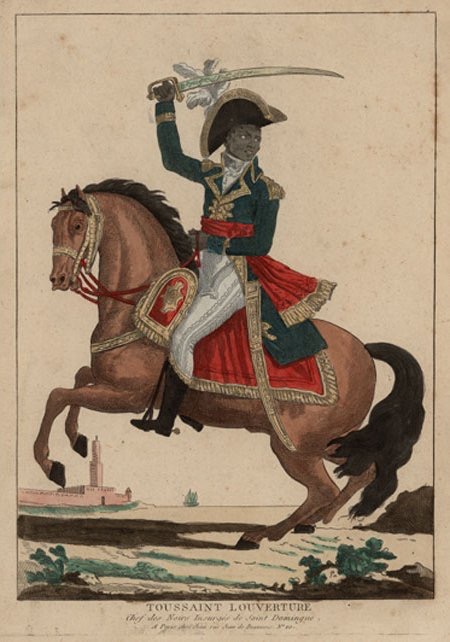African-American Willis Johnson of Cincinnati, Ohio, patented and improved the mechanical egg beater (U.S. pat# 292,821) on February 5, 1884. The beater was made up of a handle attached to a series of spring-like whisk wires used to help mix ingredients. Prior to his eggbeater, all mixing of ingredients was done by hand and was quite labor-intensive and time-consuming.
Read MoreThough segregation in New York was not codified like the Jim Crow laws in the South, a de facto segregation was evident in the city’s school system.
Picketers, made up of teachers, parents, students and activists, marched at 300 of the city’s 860 schools, The New York Times reported. The protest culminated in a march across the Brooklyn Bridge to the Board of Education building on Livingston Street in downtown Brooklyn.
Directing the boycott was long-time civil rights activist Bayard Rustin, who had been a chief organizer of the 1963 March on Washington and had helped organize the first Freedom Ride in 1947.
Read MoreFrançois-Dominique Toussaint L'Ouverture, also known as Toussaint L'Ouverture or Toussaint Bréda, was the best-known leader of the Haitian Revolution.He was a leader of the growing resistance. His military and political acumen saved the gains of the first black insurrection in November 1791.
Read MoreUnlike Malcolm X, Marcus Garvey, and W.E. B. DuBois who tried to put the stereotypes of black exoticism in Pan-African, Rudolph Fisher worked on articulating the broader struggle for black labor privilege, and women's empowerment.
Read MoreFounded in by A. Philip Randolph in 1925, The Brotherhood of Sleeping Car Porters (BSCP) was the first labor organization led by African Americans to receive a charter in the American Federation of Labor (AFL). The BSCP gathered a membership of 18,000 passenger railway workers across Canada, The United States and Mexico.
Read MoreMary Eliza Mahoney, the first Registered African American Nurse was born to Charles and Mary Jane Sterwart Mahoney. Mary Eliza graduated from the New England Hospital for Women and Children in 1879, being one of four graduates out a class of 42.
Read More





